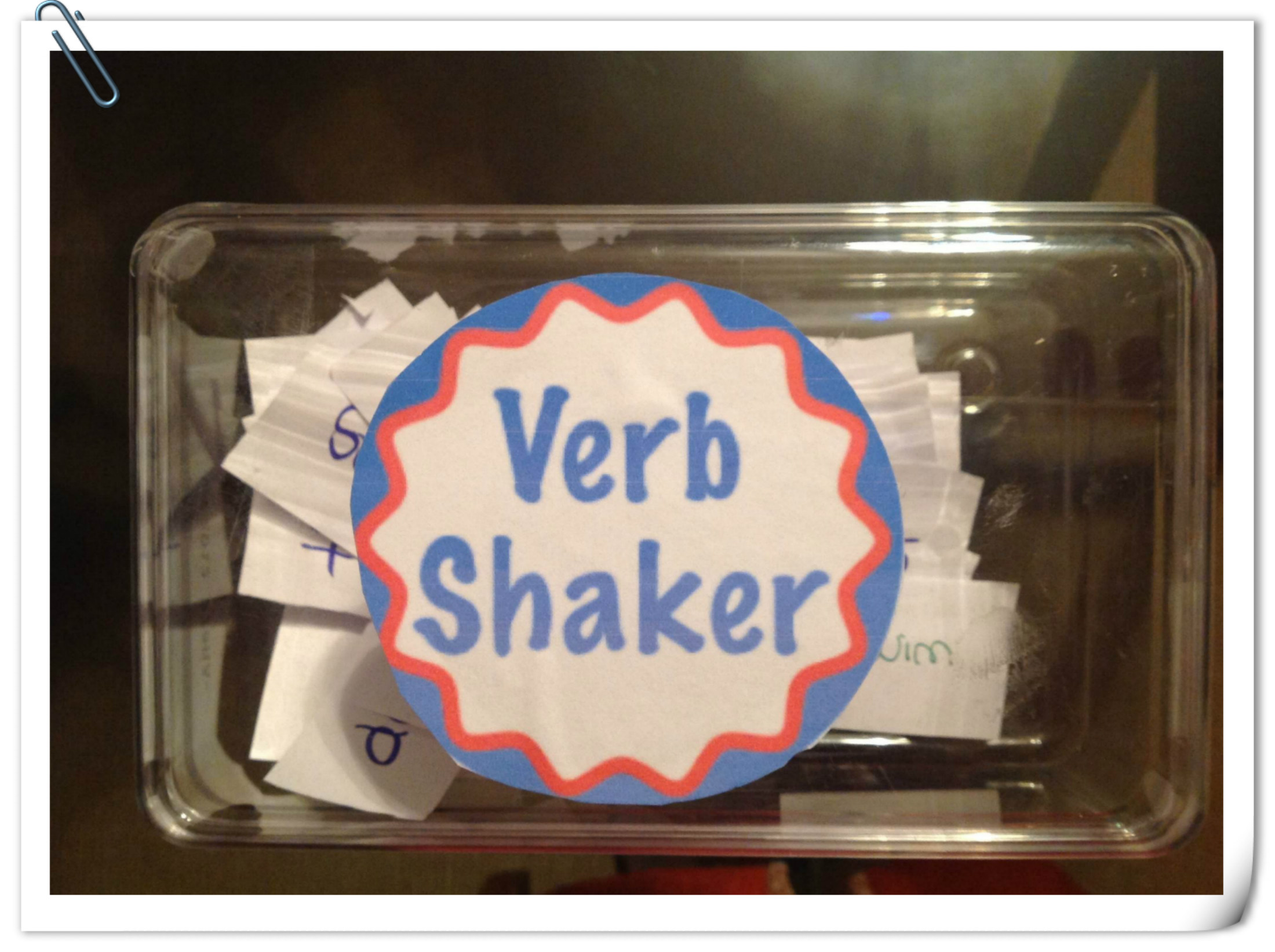 This is a very simple activity to do some speaking about films I intend to try with my Elementary students. Nothing too complicated but I guess they’ll love to see how film titles are translated into English. Who, in the name of God, translated the film DIE HARD starring Bruce Willis into LA JUNGLA DE CRISTAL or SOME LIKE IT HOT starring Marylin Monroe into CON FALDAS A LO LOCO. Was it Google Translator???
This is a very simple activity to do some speaking about films I intend to try with my Elementary students. Nothing too complicated but I guess they’ll love to see how film titles are translated into English. Who, in the name of God, translated the film DIE HARD starring Bruce Willis into LA JUNGLA DE CRISTAL or SOME LIKE IT HOT starring Marylin Monroe into CON FALDAS A LO LOCO. Was it Google Translator???
Anyways, there is a whole lesson plan about films ( complete with vocabulary, listening, reading and writing) that I created some time ago, if you feel like doing some more practice ( Click on the picture if you are such a hardworking student), otherwise and for the time being we will just focus on speaking.
THE GAME: SPEAKING. The game is easy: the class is divided into two groups. In turns, one member from each group sits on the Hot Chair facing away from the whiteboard. The members of their group have -like one minute- to describe, without mentioning the title ( that goes without saying, but just in case, I’m saying it), the film being displayed .
They will need to talk about.
Kind of film/ Nationality of the film/ director/ plot/
Some hints:
♥The film ‘_______’ is a(n) _______ film which takes place in _______.
♥The film is set in __(ancient Greece)__.
♥The story is based on __(a popular novel)__.
♥The film is directed by _______.
♥The main character(s) in the film is/are _______.
♥_______ is a character who _______.
♥__(Johnny Depp)__ stars as __(Captain Sparks)__.
♥In the film , __(Jack Black)__ plays __(a rock guitarist)The story is about _______
♥The best scene of the film is_____


 Writing is probably one of the most difficult tasks students have to tackle but it is also true that we never dedicate enough time to improving this skill; there never seems to be enough time during lessons. Added to this is the fact that we are not used to writing in our own language, let alone in a foreign one. Therefore, what we normally get from our students are short sentences which usually fall short of our expectations.
Writing is probably one of the most difficult tasks students have to tackle but it is also true that we never dedicate enough time to improving this skill; there never seems to be enough time during lessons. Added to this is the fact that we are not used to writing in our own language, let alone in a foreign one. Therefore, what we normally get from our students are short sentences which usually fall short of our expectations.

 that I favour kinesthetic learning.The activities where students take an active part and enjoy while learning are my favourite.I like them getting up and moving around the classroom and I even welcome the noise because they are using English.
that I favour kinesthetic learning.The activities where students take an active part and enjoy while learning are my favourite.I like them getting up and moving around the classroom and I even welcome the noise because they are using English.

